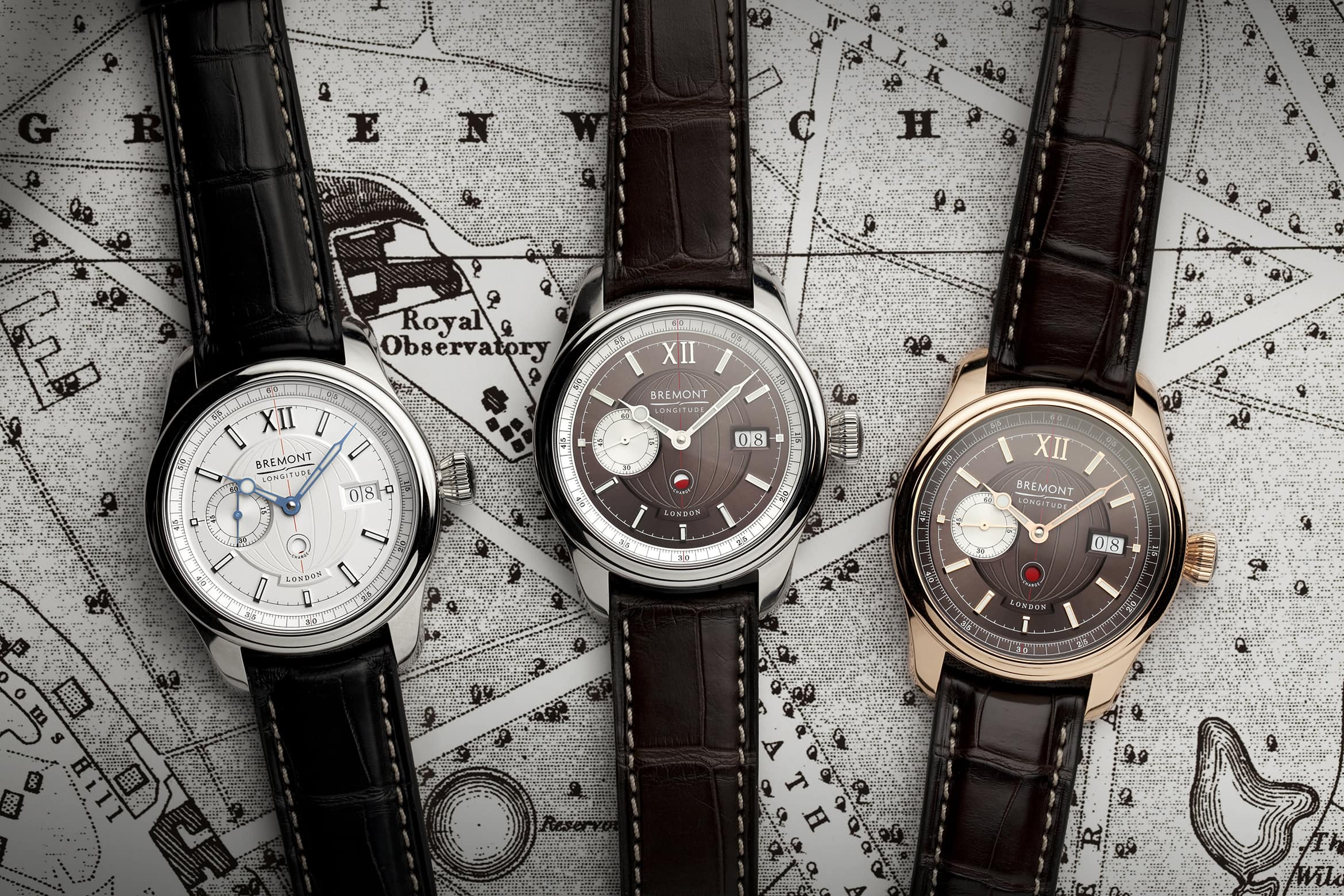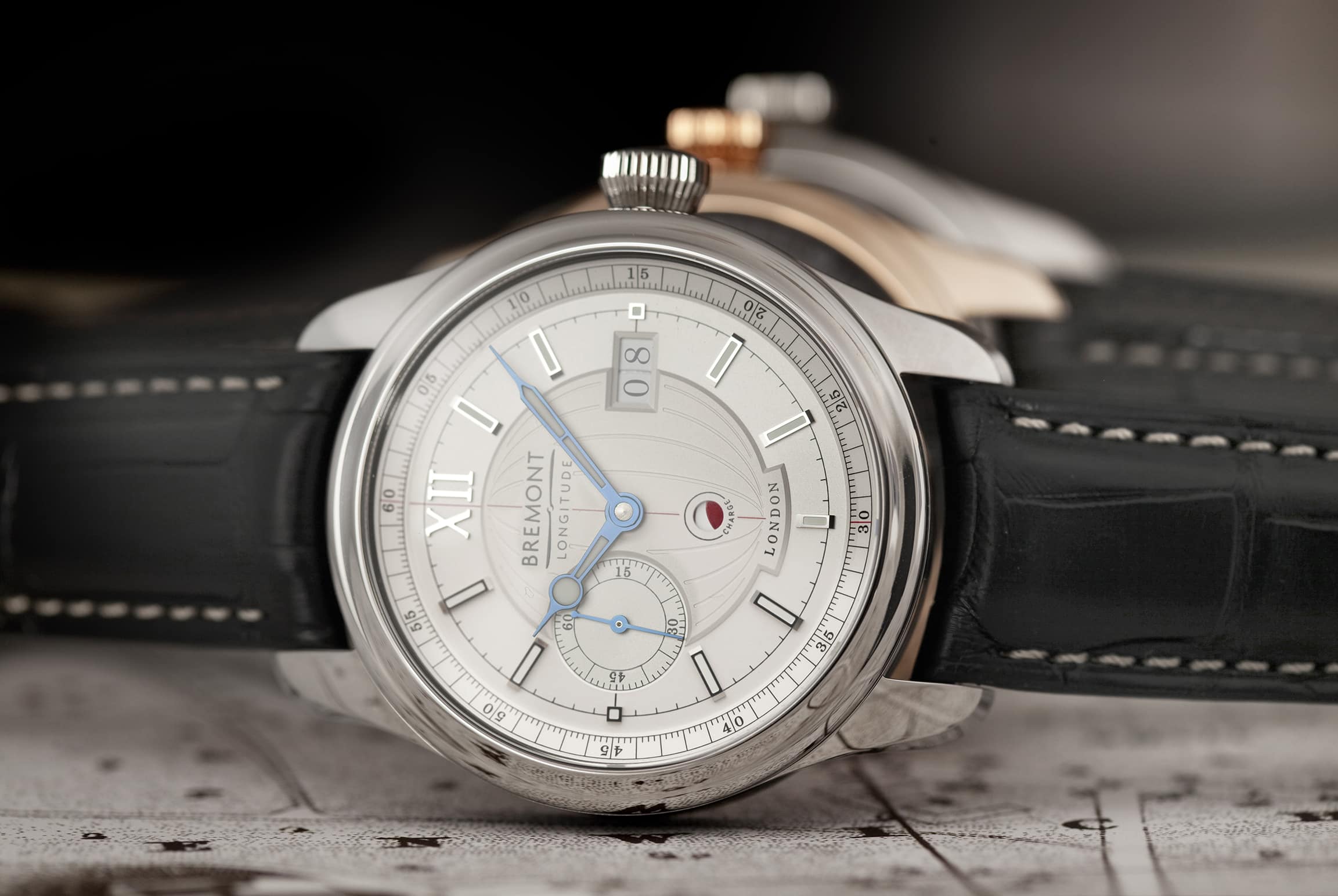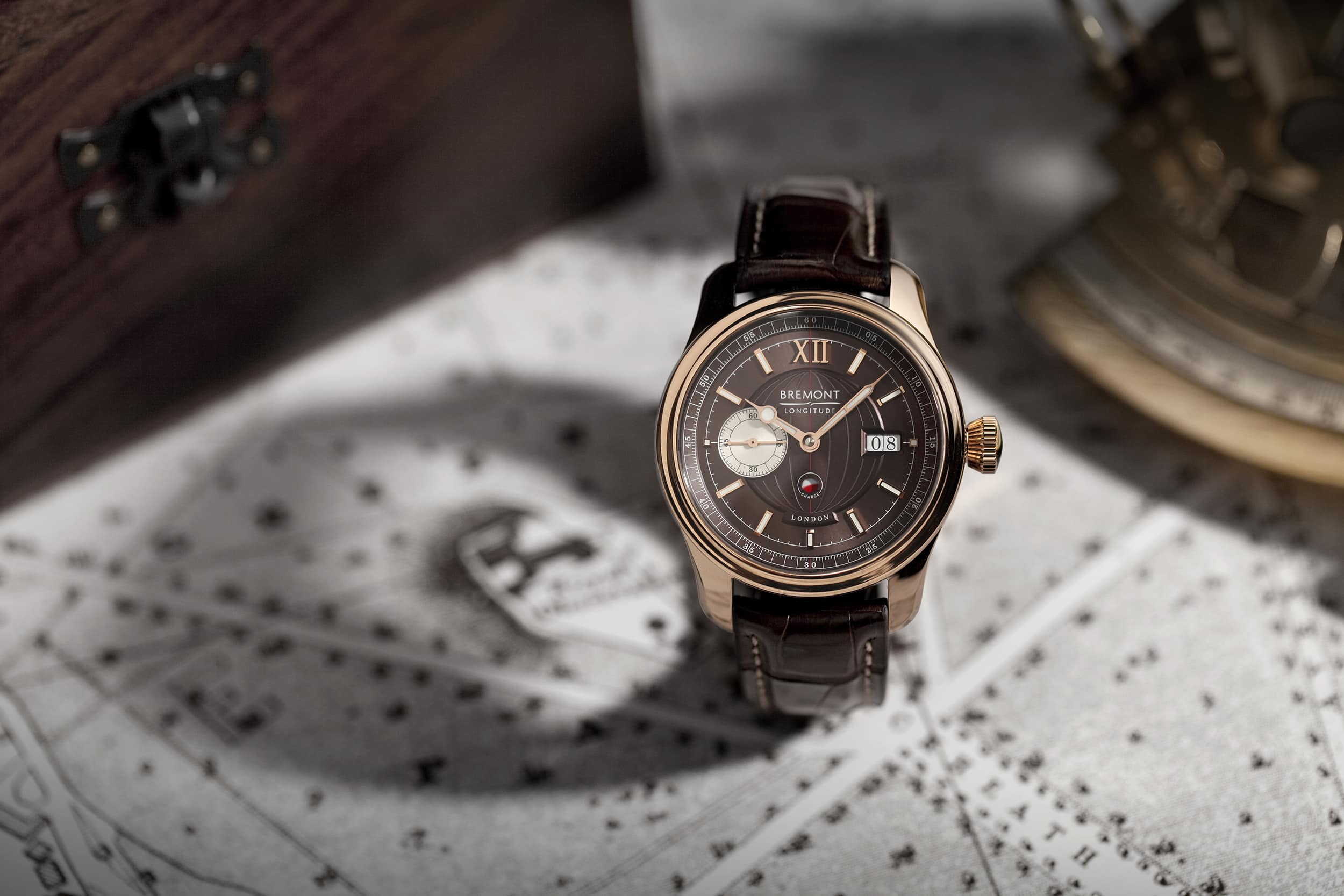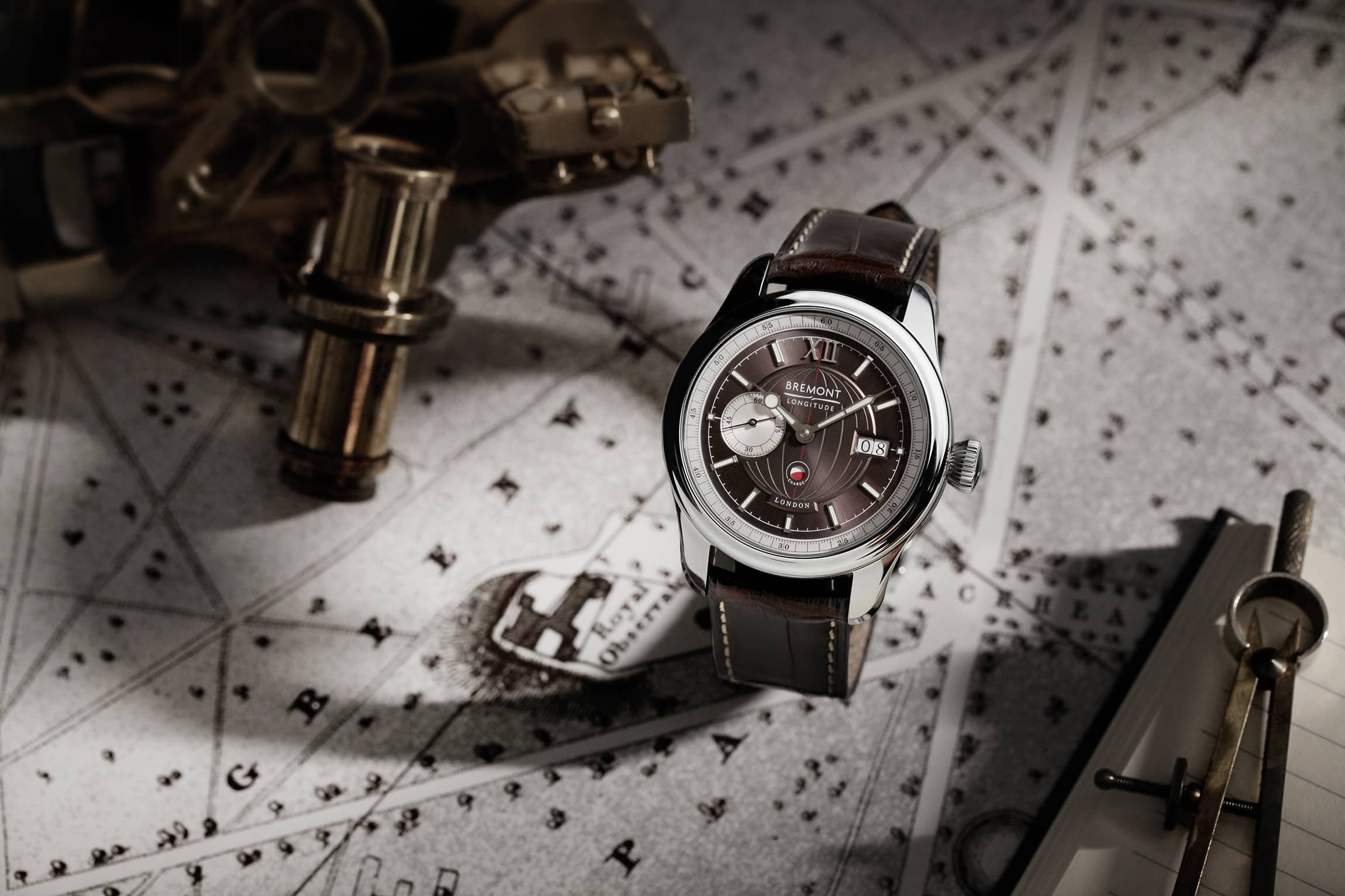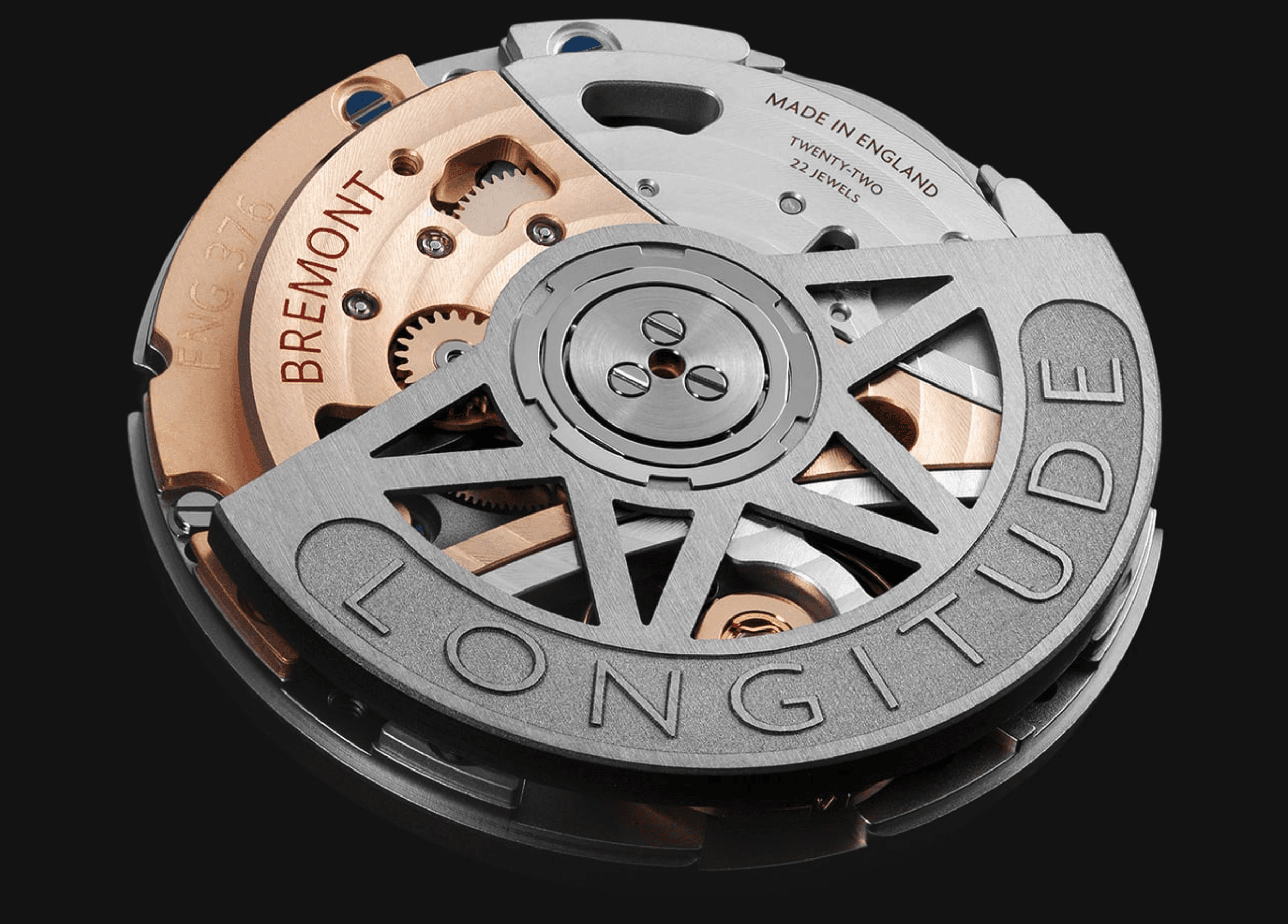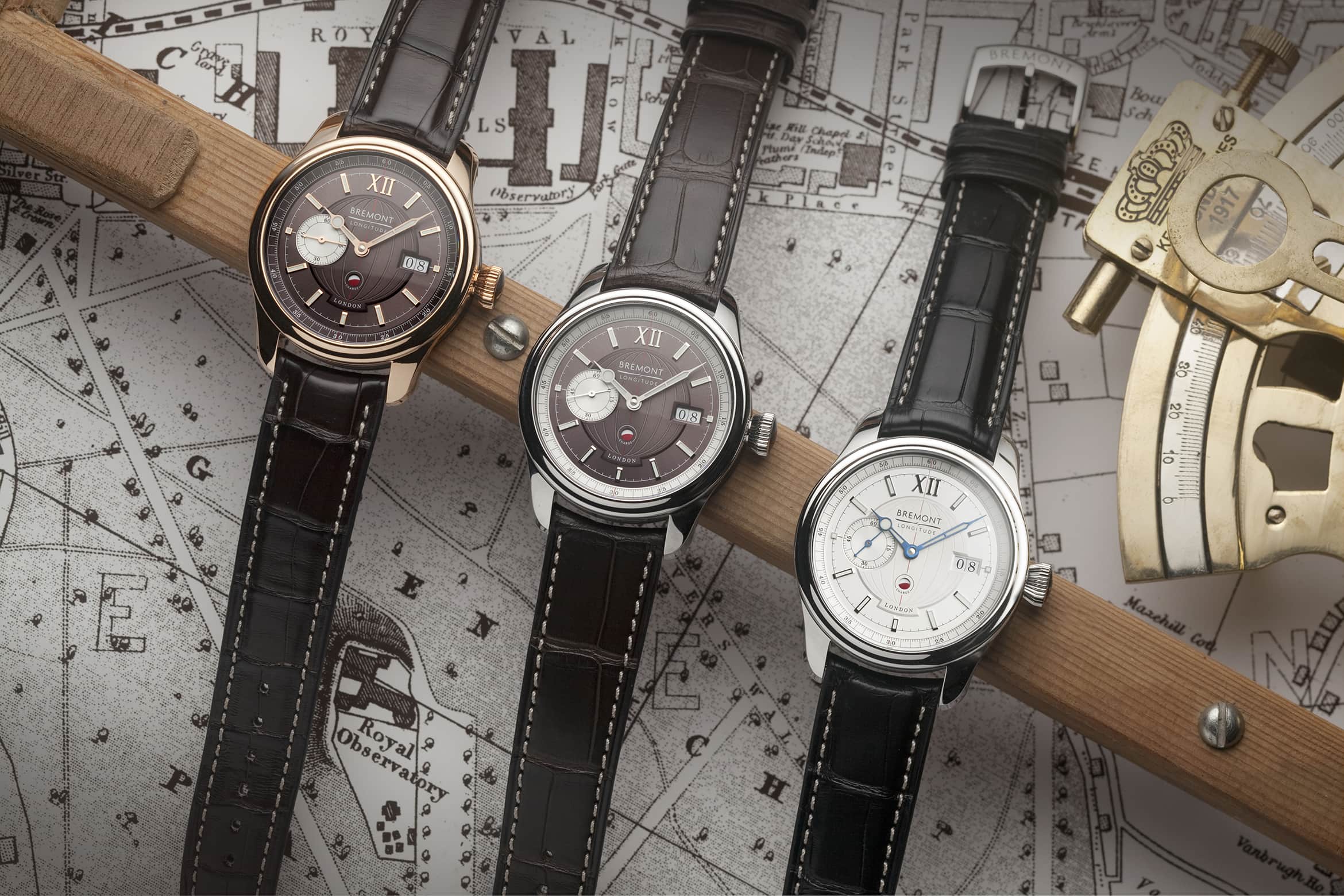The Henley firm are also parking their tanks on the immaculately manicured lawns of the Contrôle Officiel Suisse des Chronomètres (COSC) at Avenue Léopold-Robert in La Chaux-de-Fonds. OK, to be fair, it’s more of a strip of grass with some bushes, but there’s still room for a small tank. This is because Bremont are introducing their own H1 Timing Standard designed to measure the accuracy of their watches, just like the ISO 3159:2009 Chronometer test. It’s a fitting name too – Harrison’s H1 chronometer was the sea clock that started solving the maritime longitude problem through serious accuracy on its first voyage in 1736.
Which brings us nicely to the movement powering the Longitude.
Bremont has partnered with THE+ – a Swiss movement designer and maker who, just over ten years ago, launched a full-frontal assault on a very large gap in the market indeed; this is the one where people want something more interesting than a stock ETA/Sellita but don’t want the second mortgage price that comes with a full-blown in-house movement. The tiny company set out to do what very few people have managed – to build their own movement from scratch and in serious numbers. In fact, they developed and made a modular movement system with eighteen possible variations – the K1.
![]()
The modified K1 – the ENG376 is Bremont’s designation – is a 22 jewel, bidirectional automatic beating at an unusual 25,200bph (3.5 Hz). That’s the same as the original Omega co-axial, the cal. 2500; don’t say we don’t give you useful pub watch trivia facts around here. It’s just 4.95mm deep with a diameter of 25.6mm and runs a stonking 65-hour power reserve and has a silicon escapement as well as a custom balance bridge. Bremont says “…the firm’s in-house technical team has re-engineered 80% of the base calibre, including making a number of design improvements, in order to build a proprietary movement to the brand’s unique specification.”
![]()
A couple of the most obvious improvements are a free-sprung balance and a full balance bridge (more stable than a standard balance cock) and “revisions to the escapement, the automatic winding bridge jewels and a modified wheel bridge amongst others.”
Bremont will be manufacturing and sub-assembling the main-plates, automatic and balance bridges at their Manufacturing & Technology Centre as well as fully assembling and regulating the movements and watches themselves.
![]()
Bremont LEs have a habit of selling like the proverbial, but even without brass from an early Greenwich meridian in the case this would be an interesting watch in its own right. But it also has a new movement, a new chronometer certification and is the starting point of Bremont’s ambitions to produce watches, at volume, in the UK. So should you buy one? A better question is probably ‘will there be any left?’ The Longitude Limited Edition watches are priced from $16,995 in steel; $23,995 in rose gold; and $24,995 in white gold. Bremont.









 Featured Videos
Featured Videos




